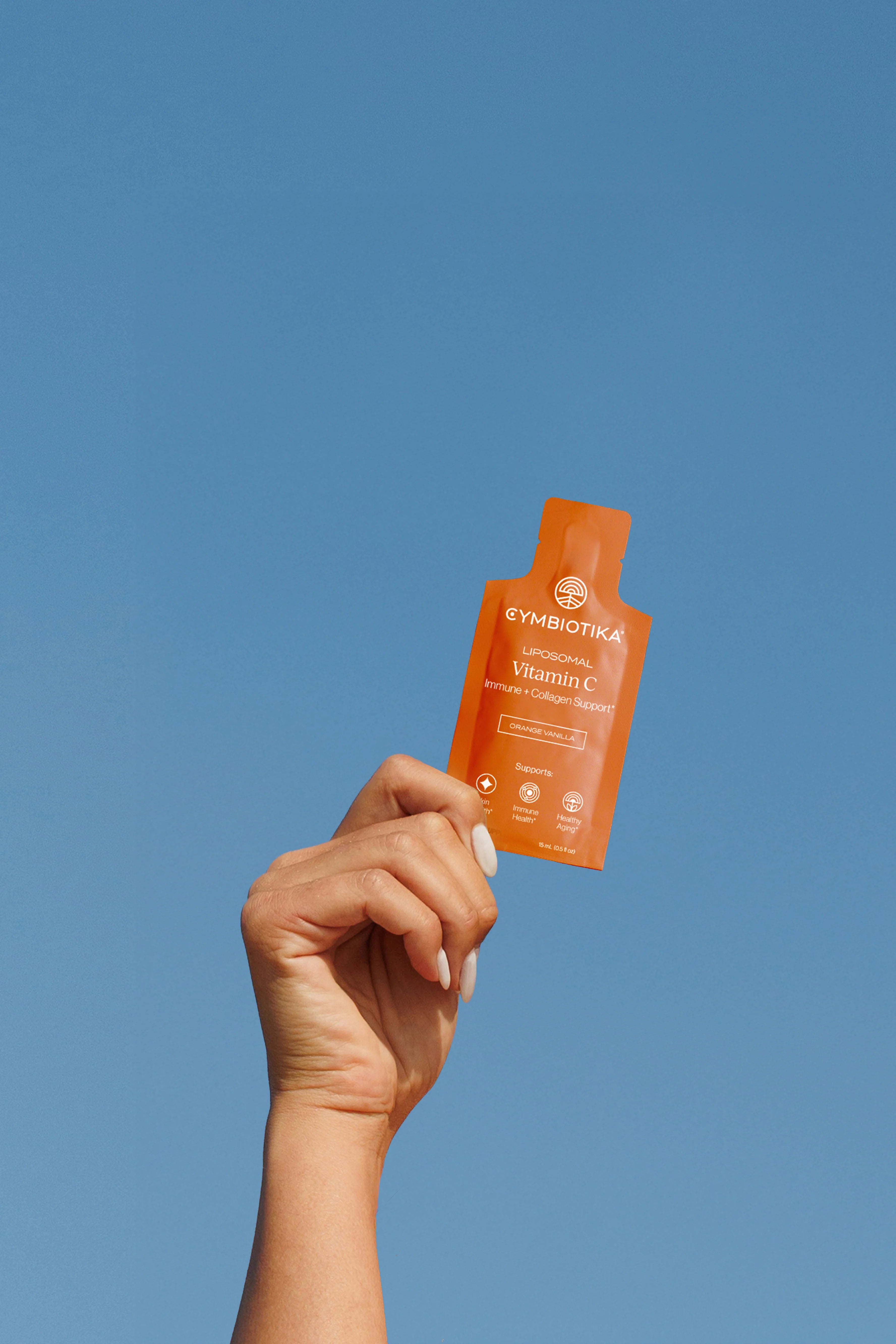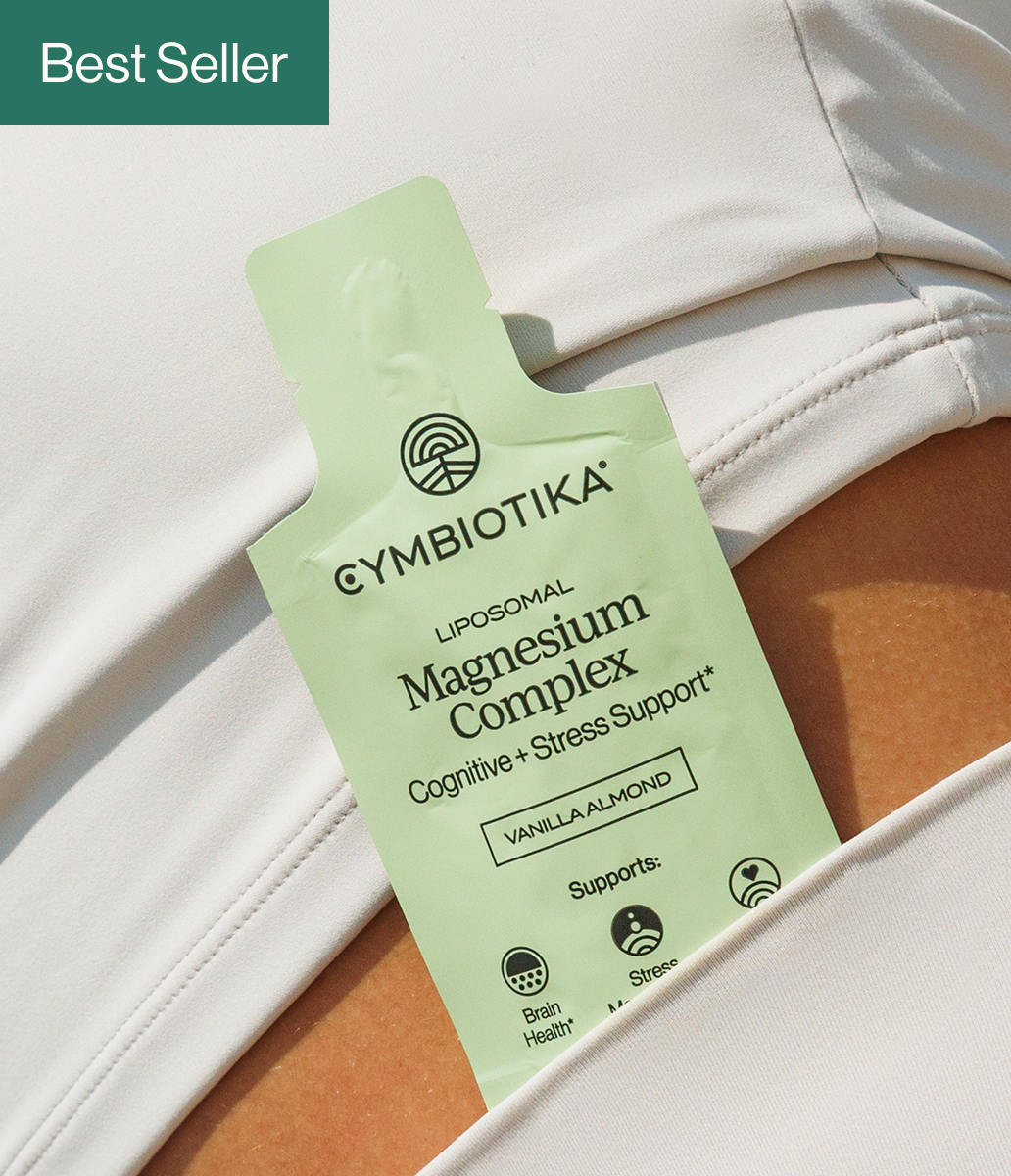Table of Contents
- Introduction
- Understanding Mat Pilates
- The Role of Mat Pilates in Weight Loss
- Integrating Mat Pilates into a Holistic Weight Loss Strategy
- Practical Tips for Maximizing Your Pilates Practice
- Conclusion
When it comes to achieving our fitness goals, we often find ourselves sifting through a plethora of exercise options, each claiming to be the ultimate solution for weight loss. Among these, mat Pilates has emerged as a popular choice, lauded for its low-impact nature and focus on core strength. But can you really lose weight with mat Pilates? This question is more relevant than ever as we seek effective and enjoyable ways to enhance our wellness journey.
At Cymbiotika, we believe that wellness starts with trust, transparency, and science-backed practices. As we dive into the world of mat Pilates, we'll explore its role in weight management, the science behind it, and how it fits into a holistic approach to health. By the end of this post, we aim to provide you with a comprehensive understanding of mat Pilates and its potential impact on weight loss while encouraging you to engage in practices that empower your health.
Introduction
Every year, countless individuals embark on their fitness journeys, hoping to shed unwanted pounds and enhance their overall well-being. Yet, the pursuit of weight loss can often feel overwhelming. With so many opinions and trends, it’s easy to become confused about what truly works. Enter mat Pilates—a method that emphasizes controlled movements, core strength, and flexibility.
But let's tackle the pressing question: Can you lose weight with mat Pilates? The answer, as with many fitness modalities, is nuanced. While Pilates may not burn as many calories as high-intensity workouts, it offers a wealth of benefits that can contribute to overall well-being and, indirectly, weight loss.
In this blog, we will address several key aspects:
- The fundamentals of mat Pilates and its historical context.
- How Pilates affects the body composition and weight management.
- The benefits of integrating Pilates into a broader fitness routine.
- Practical tips for maximizing the effectiveness of Pilates for weight loss.
- The importance of nutrition and lifestyle in achieving weight loss goals.
By exploring these themes, we hope to provide clarity on the role of mat Pilates in your wellness regimen and empower you to make informed decisions about your fitness journey.
Understanding Mat Pilates
The Origins of Pilates
Pilates was developed in the early 20th century by Joseph Pilates, who sought to create a system of exercise that combined elements of yoga, martial arts, and gymnastics. Originally dubbed "Contrology," Pilates emphasizes the connection between mind and body, focusing on controlled movements to build strength, flexibility, and coordination.
Mat Pilates, specifically, utilizes a mat as the primary surface for exercises, relying on body weight for resistance. This makes it accessible and suitable for all fitness levels, from beginners to advanced practitioners.
Key Principles of Mat Pilates
At its core, Pilates is built on several fundamental principles, including:
- Concentration: Engaging the mind in each movement to enhance body awareness.
- Control: Executing movements with precision to avoid injury and promote strength.
- Centering: Focusing on the core muscles, which are essential for overall stability and strength.
- Flow: Moving gracefully through exercises to improve functional fitness and coordination.
- Breath: Utilizing breath to facilitate movement and enhance relaxation.
These principles create a strong foundation for the practice, fostering a sense of mindfulness and intentionality that can lead to profound physical and mental benefits.
The Role of Mat Pilates in Weight Loss
The Caloric Burn Factor
One common concern regarding Pilates is its caloric burn potential compared to more intense cardio workouts. According to various studies, a typical 50-minute mat Pilates session can burn approximately 175 to 254 calories, depending on factors like body weight, intensity level, and class structure. While this may seem modest in comparison to activities like running or cycling, it is crucial to consider the broader implications of Pilates practice.
Building Lean Muscle Mass
One of the significant benefits of Pilates is its ability to promote lean muscle mass. As we engage in Pilates, we work not only our primary muscle groups but also the smaller stabilizing muscles that often go unnoticed in traditional workouts. This focus on muscle strength contributes to a higher basal metabolic rate (BMR), meaning that individuals with more muscle mass burn more calories at rest.
Improving Body Composition
While Pilates may not directly lead to significant weight loss, it can positively impact body composition. Many practitioners report increased muscle definition and improved posture, contributing to a more toned appearance. This phenomenon, often referred to as the "Pilates effect," can lead to a perception of weight loss even if the scale does not reflect substantial changes.
Enhancing Overall Fitness
Incorporating mat Pilates into your routine can enhance your overall fitness level. Improved flexibility, strength, and body awareness can make other forms of exercise more enjoyable and effective. For instance, individuals who practice Pilates often find that they can engage in high-intensity workouts more comfortably, potentially leading to greater caloric burn during those sessions.
Integrating Mat Pilates into a Holistic Weight Loss Strategy
Combining Pilates with Cardio and Strength Training
To maximize weight loss potential, it’s essential to integrate Pilates with other forms of exercise. While Pilates enhances core strength and flexibility, pairing it with cardiovascular activities—like walking, cycling, or swimming—can create a more balanced approach to fitness. The CDC recommends at least 150 minutes of moderate-intensity aerobic activity each week, which can be supplemented with Pilates sessions for a comprehensive workout regimen.
Additionally, incorporating strength training can further enhance muscle mass and boost metabolism. As we strive for a well-rounded fitness routine, blending these modalities can yield optimal results.
The Role of Nutrition
While exercise is a crucial component of weight management, nutrition plays a significant role as well. At Cymbiotika, we emphasize the importance of a balanced diet rich in whole foods, lean proteins, healthy fats, and plenty of fruits and vegetables. To support your weight loss goals, consider tracking your caloric intake and focusing on portion control.
If you're unsure where to start, taking our AI quiz can help you identify the best supplements to complement your nutritional efforts and enhance your wellness journey.
Creating a Sustainable Routine
Weight loss is not solely about the number on the scale; it's about fostering a sustainable lifestyle. This means finding physical activities that you genuinely enjoy—whether that's Pilates, dancing, hiking, or group classes. The more you enjoy your workouts, the more likely you are to stick with them long-term.
Incorporating Pilates can enhance your overall fitness experience, providing a sense of community and support that encourages consistency.
Practical Tips for Maximizing Your Pilates Practice
Start Slow and Progress Gradually
If you're new to Pilates, consider starting with beginner classes to develop a strong foundation. Gradually increase the intensity and frequency of your sessions to avoid injury and ensure steady progress.
Incorporate Props and Variations
Use props like resistance bands, weights, or Pilates rings to add variety and challenge to your workouts. These tools can enhance resistance training and result in greater muscle engagement.
Focus on Quality Over Quantity
In Pilates, it's essential to prioritize controlled movements over the number of repetitions. Concentrate on form and alignment, paying attention to your breath and mind-body connection.
Stay Consistent
To experience the benefits of Pilates, consistency is key. Aim for 2-3 sessions per week, gradually increasing frequency as your fitness level improves.
Listen to Your Body
Always pay attention to how your body feels during and after workouts. If you're experiencing pain or discomfort, consider modifying movements or consulting with a certified instructor for guidance.
Conclusion
So, can you lose weight with mat Pilates? While the answer may not be a straightforward "yes," mat Pilates offers numerous benefits that can contribute to an overall healthier lifestyle. From increasing lean muscle mass to improving body composition and enhancing overall fitness, Pilates serves as a powerful tool in our wellness arsenal.
At Cymbiotika, we believe that wellness is a journey, and every step counts. By integrating mat Pilates into a balanced routine that includes cardiovascular exercise, strength training, and a nutritious diet, we can empower ourselves to achieve our health goals.
As you embark on your fitness journey, remember that the most effective routine is one that you enjoy and can sustain. We encourage you to explore the world of Pilates and discover how it can enhance your overall wellness.
FAQ Section
1. How often should I do mat Pilates to see results? Aim for 2-3 sessions per week to experience the benefits of mat Pilates. Consistency is crucial for building strength and improving flexibility.
2. Can I lose weight doing just Pilates? While Pilates can contribute to weight loss, it is most effective when combined with cardiovascular exercise and a healthy diet.
3. How many calories can I burn in a Pilates session? A typical 50-minute mat Pilates session can burn approximately 175 to 254 calories, depending on your weight and the intensity of the class.
4. Is Pilates suitable for beginners? Yes! Pilates is adaptable to all fitness levels, making it an excellent choice for beginners looking to improve their overall fitness.
5. How does Pilates improve body composition? Pilates promotes muscle toning and strength, which can increase your basal metabolic rate and help reduce body fat over time.
Remember, your journey towards better health is unique, and incorporating Pilates can be a fulfilling step in achieving your wellness goals. Together, let’s embrace the power of movement and nourish our bodies with intention.
*These statements have not been evaluated by the Food and Drug Administration. This product is not intended to diagnose, treat, cure, or prevent any disease.























